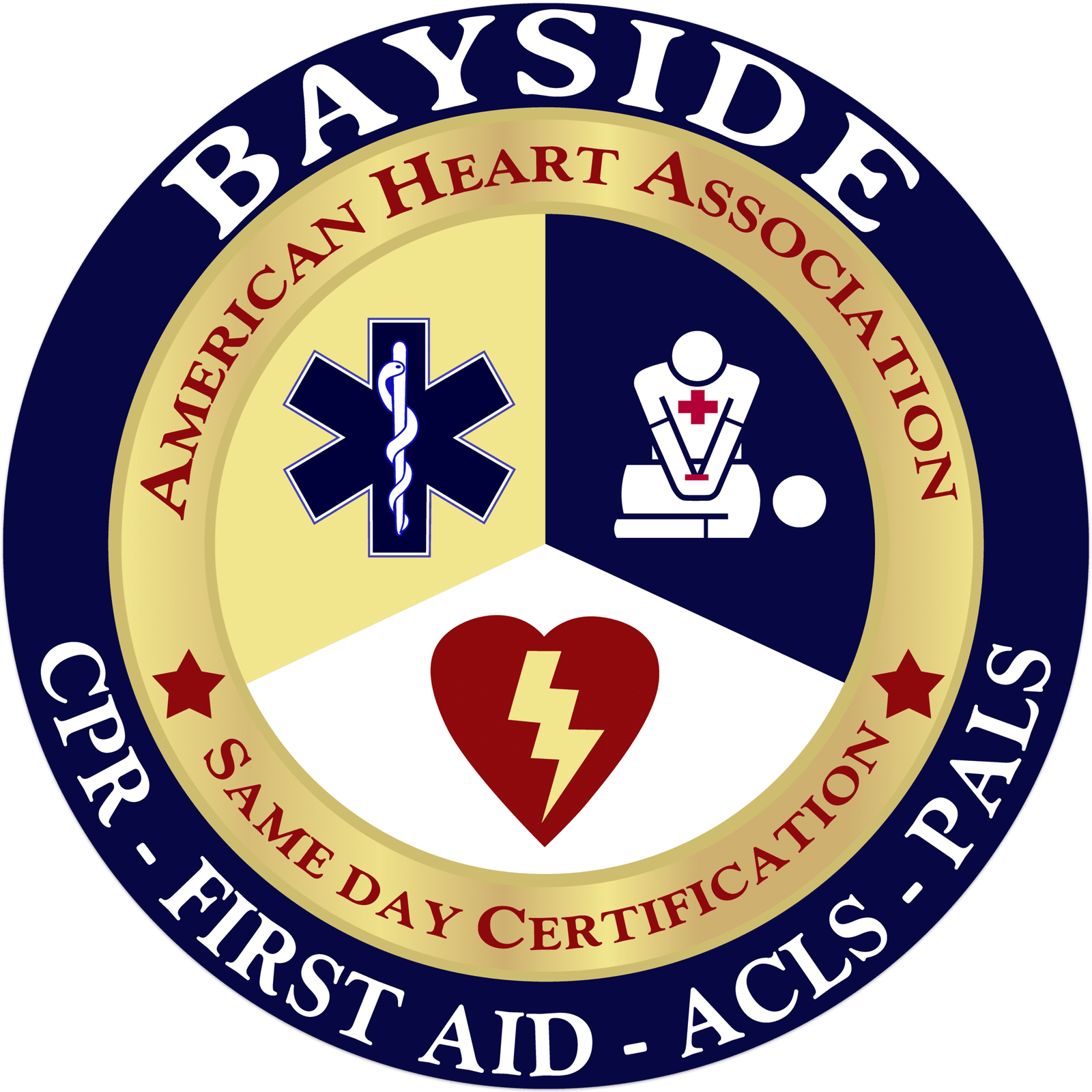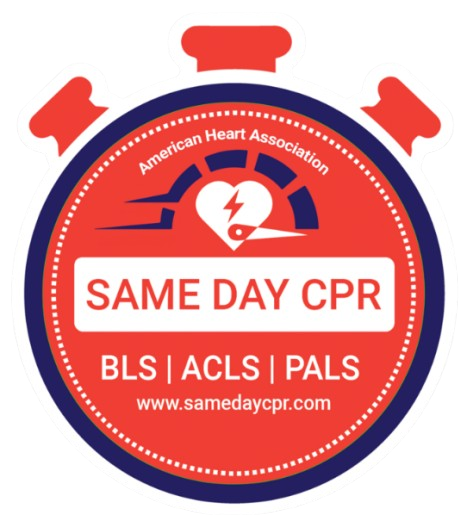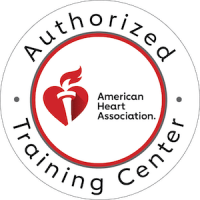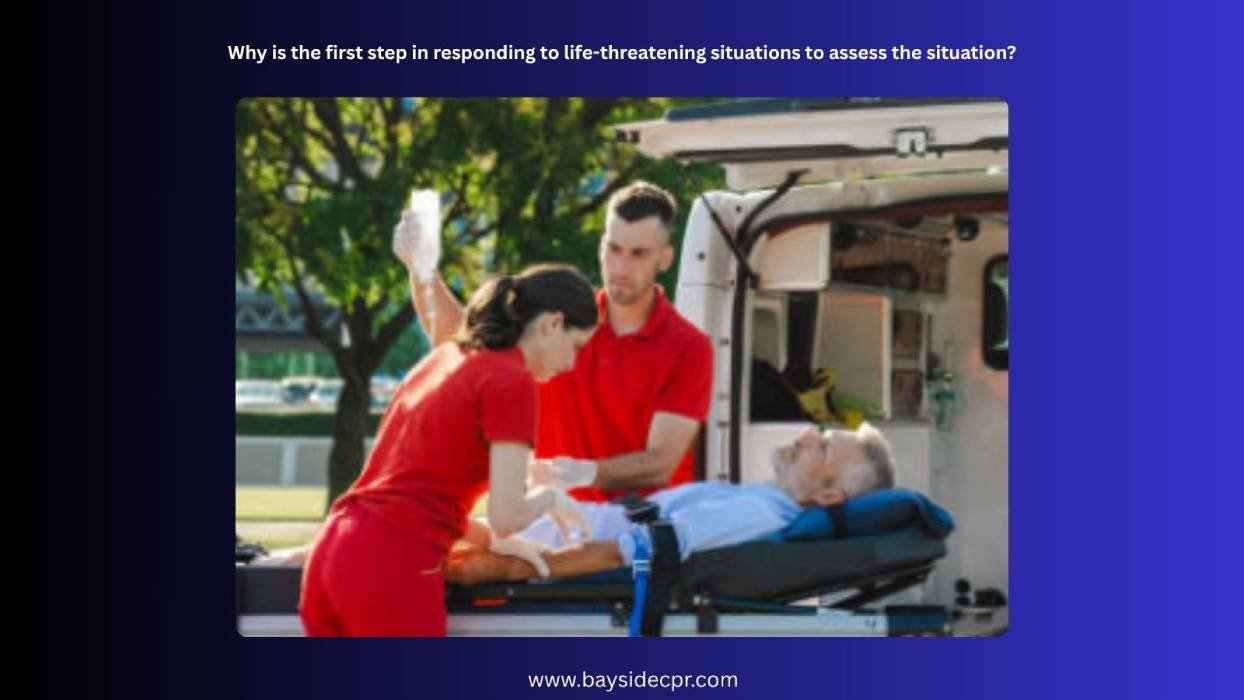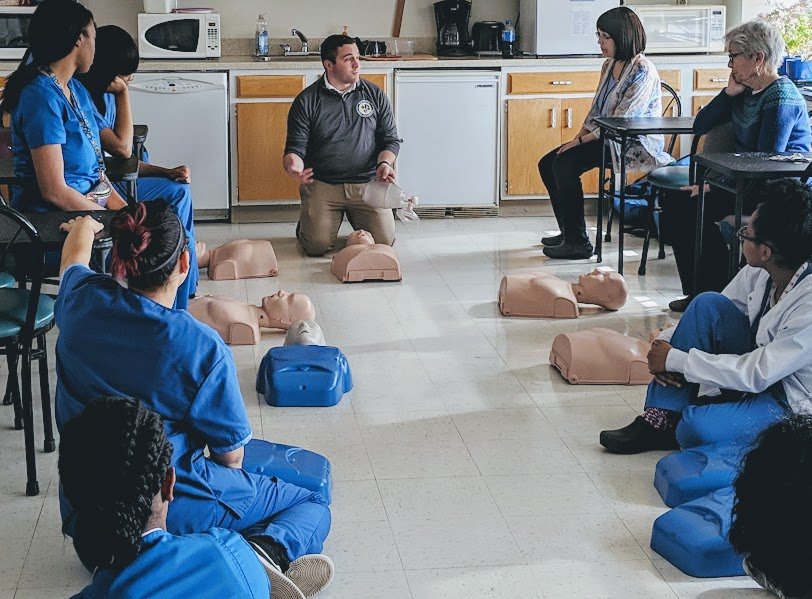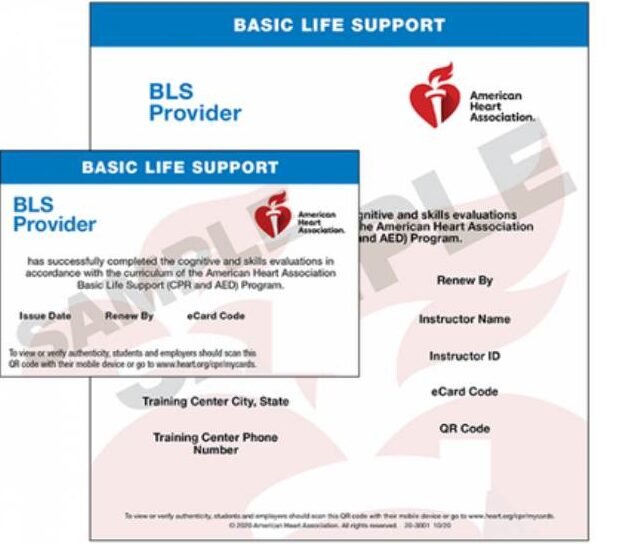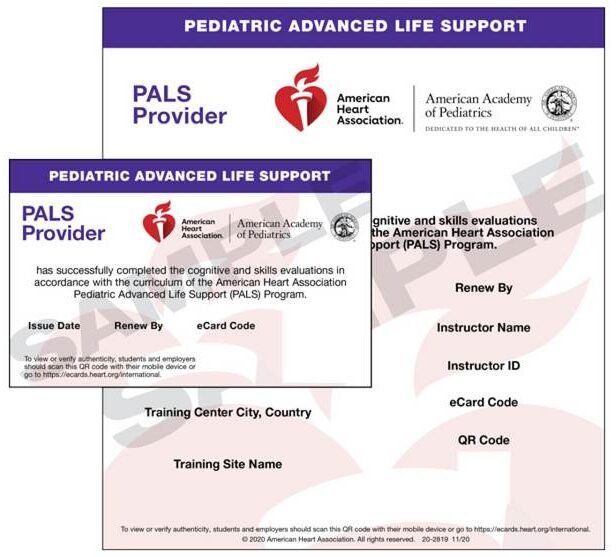When faced with a life-threatening situation like cardiac arrest, severe bleeding, an unconscious or collapsed victim, an accident, choking, or a heart attack, the very first thing to do is to carefully check what’s going on around you. Taking a moment to assess the scene helps you understand how serious the problem is and what dangers might be nearby. This step is important because it keeps you safe and allows you to make smarter choices about what to do next. If you rush in without looking, you might put yourself or others at more risk. Instead, a quick evaluation helps ensure everyone stays as safe as possible while you figure out the best way to help or seek help. Here’s why assessing situations is so important and understanding the crucial role that CPR and First Aid play during a crisis. When you know these things, you have the power to become a lifesaver.
Safety of Victim and Responder
The first step in responding to a life-threatening situation is to check safety, because it is the most important thing. Before helping others or doing anything else, you need to make sure that the area is safe for you, the victim, and everyone else. If the scene is dangerous, rushing in might cause more harm. By taking a moment to look around, you can spot hazards like fire, falling objects, or other risks. This quick check helps you avoid getting hurt and makes sure you can help effectively. Staying safe first is the best way to make sure everyone can get the help they need and stay safe too.
Understanding The Emergency
Understanding the emergency is an important first step when dealing with any urgent situation. It means you need to quickly figure out what’s happening and what kind of help is needed. By knowing the type of emergency, like a fall, a fire, or someone having trouble breathing, you can decide the best way to respond. Taking a moment to understand what’s going on also helps you stay calm and focused. This way, you can act quickly and effectively, making sure you do the right thing to help others and keep everyone safe. Additionally, learn about what is legally required before touching anyone in an emergency.
Informed Decision-Making
Informed decision-making means choosing your actions based on what you understand about the situation. When there’s an emergency, it’s important to gather as much clear information as possible before acting. This helps you decide the best way to help, whether it’s calling for help, giving first aid, or moving someone to safety. Making decisions without knowing enough can lead to more problems or even cause harm. By staying calm and thinking carefully about what you see and hear, you can make smart choices that keep everyone safe and give the best chance for a good outcome.
Effective Intervention
Effective intervention means taking the right actions to help someone in trouble. Once you understand the emergency and have made a good decision based on what you know, you can act confidently. This could involve giving first aid, comforting someone, or calling for help. The goal is to do what makes the biggest difference in a safe and calm way. When your actions are focused and appropriate, they can improve the situation and help save lives. Being clear about what to do and doing it carefully makes your intervention strong and effective.
Preventing Further Harm
Preventing further harm means taking steps to make sure the situation doesn’t get worse. After you start helping, it’s important to think about how to keep everyone safe around you. This might include moving a person away from danger, stopping bleeding, or removing hazards from the area. By doing this, you can avoid additional injuries or problems. Focusing on preventing further harm helps protect everyone involved and gives the person in trouble a better chance to recover. Staying alert and acting to keep danger at bay is an essential part of helping in emergencies.
Common Mistakes To Avoid When Assessing the Situation
When you arrive at an emergency, it’s easy to jump in without thinking, but taking a moment to assess the scene can make a big difference. Knowing common mistakes to avoid can help you stay calm and act wisely to keep everyone safe.
1. Failing To Properly Assess the Situation
If you panic and overlook hazards, you might put yourself and the victim in more danger. Misjudging how serious the situation is can lead to making poor choices that might make things worse. To stay safe, stay calm, carefully check everything around you, and always use the right safety gear.
2. Neglecting To Call for Help
If you hesitate to call for help or try to handle everything on your own, you might waste precious time and miss the chance to get expert support. This can make things worse for the person in need and leave you feeling overwhelmed or stuck. The best safety step is to call for help right away so trained responders can get there as quickly as possible.
3. Inadequate Communication
If you don’t share what’s happening during an emergency, help might be delayed, or the wrong care could be given. Forgetting to mention key details can confuse responders and make the situation harder for everyone involved. A smart safety step is to stay calm and give clear, short answers about what happened, where you are, and what kind of help is needed.
4. Not Prioritizing Safety
If you ignore your safety, you could get hurt and end up needing help yourself. Moving someone who’s injured without a good reason might make their injuries worse. A simple safety tip is to only move the person if there’s immediate danger, like fire or traffic, and always check that the area is safe before stepping in.
5. Misinformation and Incorrect CPR and First Aid
If you rely on myths or outdated advice, you might do something that doesn’t help or even causes harm. Doing CPR the wrong way can lead to broken ribs, poor blood flow, or missed chances to save a life. To better understand the risks, check out what happens if you perform CPR incorrectly. A smart safety step is to take a certified CPR course so you know the right steps and feel confident in an emergency.
Tips To Avoid These Common Mistakes
Here are a few simple tips to help you stay sharp and make the right choices during an emergency.
- Stay Calm and Attentive: Take a deep breath, focus on what’s happening around you, and stay alert so you can respond clearly and quickly.
- Call For Help Immediately: Don’t wait; reach out for help right away to get the support you and the victim need as fast as possible.
- Prioritize Safety for Both: Always make sure the area is safe for you and the person needing help before you do anything else.
- Follow Proper CPR and First Aid Procedure: Use the right steps for CPR and first aid to give the best care and avoid causing harm. Additionally, know about CPR training and emergency preparedness.
- Communicate Properly: Communicate properly with healthcare providers, EMS, ambulance staff, and victims’ families. Provide clear information about the location and nature of the emergency.
Safety First: The Key to Effective Emergency Response
In summary, the first thing you should always do in an emergency is stop and take a good look at what’s going on. This quick moment of awareness can protect you and others while helping you make smart choices. Whether someone’s hurt, unconscious, or in danger, knowing what you’re dealing with and what risks might be nearby sets the stage for safe and effective action. It’s easy to panic or rush in, but staying calm, calling for help, and checking the scene can truly make all the difference. When you start with safety and understanding, you’re more prepared to step in and possibly save a life.
